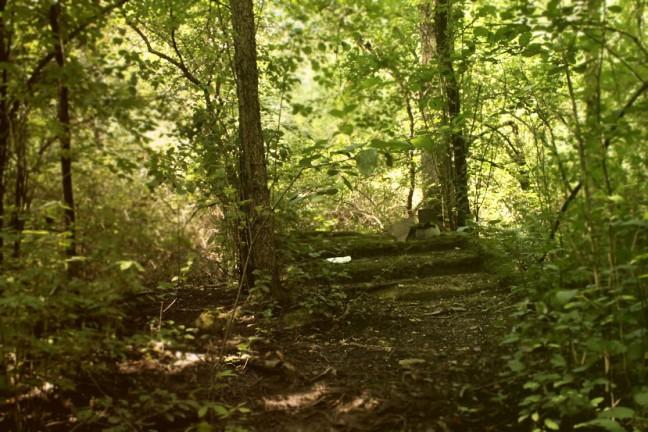As the Midwest welcomes the beginning of a new spring season, Wisconsin landowners can purchase seedlings from the Wisconsin Department of Natural Resources to aid in reforestation. Available seedlings include various conifers, hardwoods and shrubs.
DNR Forest Regeneration Specialist Jeremiah Auer said seedlings are harvested every year in Wisconsin from nurseries in Hayward, Wisconsin Rapids and Boscobel.
Seedlings have advantages over seeds with a higher success rate and shorter timeframe. Auer describes it as giving nature “a boost.”
“If you planted with seedlings, you would pretty much know after the first year if you’ve been successful,” Auer said. “With seed, it might be five, it might be 10 years before you know if you’re successful.”
Seedling sales first began in October and will continue into May as stock is available, Auer said.
In addition to the DNR’s three nurseries, DNR sources from private nurseries to generate seedling stock for each season. The reforestation program supports wildlife and conservation of Wisconsin forestry, not for landscaping or commercial purposes, Auer said.
The DNR’s reforestation program is also aimed at wind and erosion control. In the past, seedlings have been planted near highways to act as a windbreak or snow fence, according to Auer. In particular, shrubs provide height advantages for being shorter as they only grow up to eight to 10 feet. They can be planted by and under power lines, Auer said.
The seedlings available to purchase reflect a focus on Wisconsin species. The DNR grows everything from seed, according to Auer.
“We will grow pretty much anything that’s native to the state of Wisconsin,” Auer said. “If folks want to plant it, we will grow it.”
Planting seedlings from the DNR helps preserve the nativity of the Wisconsin landscape. University of Wisconsin Forest and Wildlife Ecology professor Mark Rickenbach said the DNR provides a trusted source for landowners to plant species important to Wisconsin.
Rickenbach has been part of the faculty at UW for almost 20 years and was previously the State Extension Specialist in social sciences and public policy as they relate to forests and natural ecosystems.
Certain species like oak are keystone species for both wildlife and the forest industry, Rickenbach said.
“There are certain [animal] species that really benefit from having oak forests,” Rickenbach said. “When that is lost, those species maybe don’t thrive as well.”
For species that can be stored, the DNR draws from a seed inventory of more than 20 different species, Auer said.
Conifers like red pine, white pine and white spruce can be stored in a freezer for 20 to 30 years and never have a problem, Auer said. The DNR’s goal is to always have seven years of seed available for conifer, Auer said.
“It’ll be just like the day you put it in there,” Auer said.
Hardwoods like black cherry and some maples usually last about five years before germination rates drop off, Auer said. But not all species store well over time. Species like black walnut, Hickory and oak have larger seeds that can hardly be stored.
In a recent example of seedling shortage, a hard freeze of two days in May of 2020 wiped out the flowers of white oak trees in the Midwest. Being in full bloom, the flowers were unable to handle the sudden cold, leading to a horrible seed year for white oak, Auer said.
“You could have a banner year one year, and you may not have another really good year for another 20 years,” Auer said. “But a lot of times they will have good years, and we can live with that.”
As long as stocks are available, the DNR can usually fill a request, Auer said.
The beginning of reforestation in Wisconsin dates back to 1911, when the first nursery was built on Trout Lake by the Conservation Department, now the Department of Natural Resources. In the years leading up to 1911, lumber production was happening at an unsustainable rate, leaving behind damaged land that needed restoring.
Since then, over 1.5 billion seedlings have been planted on the Wisconsin landscape, Auer said. They are planted at state nurseries in the fall and grown for one to three years, depending on the season and the species.
One way for landowners to learn more about reforestation programs is through the UW Extension. Wisconsin landowners can work with educators and partner with the DNR to understand reforestation in the context of their own land, Rickenbach said.
Additionally, there are about 400 foresters from the Division of Forestry in Wisconsin that cover reforestation assistance in different aspects. Whether it’s outreach or fieldwork, there is always a forester for every county to assist with any forestry needs, Auer said.
Those interested in seedlings can reach out to the DNR nursery at (715) 424-3700 for more information or visit the DNR inventory list to see what’s still available for purchase.


